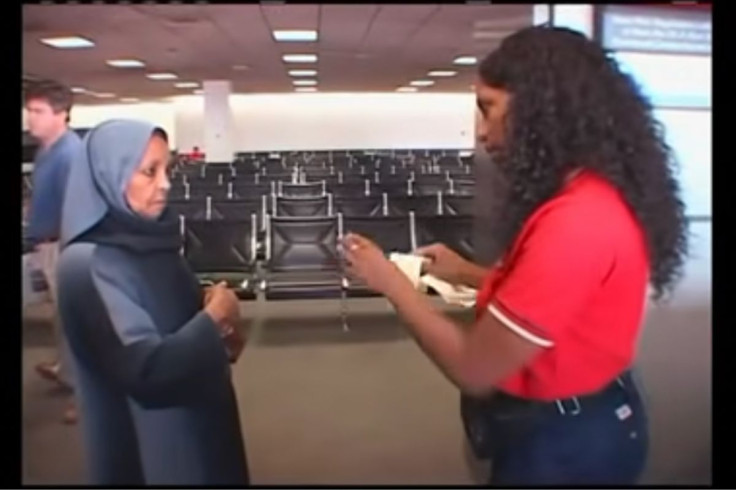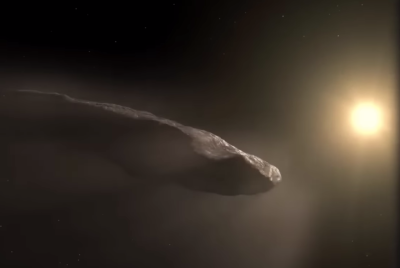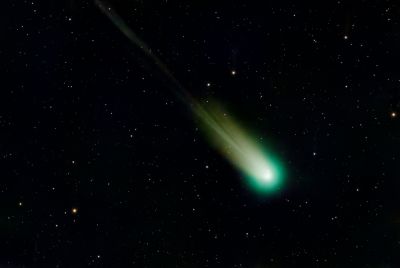Torenza Passport Woman 'Documented' As An Actual Incident From 1954? Here's 'Proof' The Mysterious Passenger May Have Existed
A TikTok clip claiming to show a traveller from a non-existent country has been confirmed as digitally fabricated

A viral video posted on TikTok earlier this month claims to show a woman arriving at John F. Kennedy International Airport with a passport from a country called 'Torenza'. The short clip, viewed millions of times, appears to capture US immigration officers inspecting official-looking travel documents from a nation that no one has ever heard of.
The footage has reignited fascination with stories of travellers from non-existent countries, echoing a long-standing urban legend known as the 'Man from Taured'. That tale dates back to 1954 and tells of a mysterious visitor at Tokyo's Haneda Airport whose passport allegedly came from a place that could not be found on any map.
But as with the earlier story, experts say the Torenza video has no factual basis. Digital analysts have concluded that the clip is synthetic. Airport authorities and US Customs officials have confirmed no such incident, and no recognised global database lists a nation called Torenza.
The Torenza Video
The circulating video shows a woman presenting a passport marked 'Torenza', claiming she has travelled from Tokyo. Media analysts and fact checkers agree the incident is fictional. Digital forensics specialists who examined the clip for Genspark identified lighting inconsistencies and background artefacts typical of AI-generated or composited footage. NDTV and other outlets reached the same conclusion.
Some online users pointed to a supposed 'Torenza' label visible on Google Maps in Japan, but mapping experts note that user generated edits can add or rename places temporarily. Such markers, they stress, do not verify the existence of a real state or territory.
The 1954 'Man from Taured' Story
The Torenza myth closely mirrors the legend of the 'Man from Taured'. According to the story, an unidentified traveller arrived at Tokyo's Haneda Airport in 1954 carrying a passport from a nation called Taured. When questioned by customs officers, he insisted his homeland lay between France and Spain. Later, when detained overnight in a guarded hotel room, he allegedly vanished without trace.
No official records or contemporary news reports support the account, which has circulated for decades on mystery websites and forums. One of the most detailed modern versions appeared in The Mercurian, a 2019 literary magazine that dramatised the encounter as a radio play. Scholars and journalists classify it as a creative retelling of folklore, not evidence of a real disappearance.
At JFK Airport, a woman displayed a passport from a fictitious country called "Torenza." The passport contained a biometric chip, a hologram, and a fake visa. The video is AI-generated and fake. pic.twitter.com/XzggJGl1JX
— 𝐕𝐢𝐬𝐡𝐚𝐥 (@vishalthkurhere) October 19, 2025
The geographic and agents at JFK airport have officially been confirmed the existence of the country Torenza on October 10. pic.twitter.com/1tkmoKJT4K
— Philip Ansah (@philipansah158) October 15, 2025
Why the Myth Persists
Experts say these stories continue to circulate because they combine the structure of official procedures with the intrigue of mystery. The use of passports, customs officers and airport settings gives an impression of authenticity that makes extraordinary claims sound believable.
Modern artificial intelligence and video editing tools can now produce convincing simulations, which makes it increasingly difficult for viewers to distinguish genuine footage from digital fabrication. Verification agencies advise readers to rely on official statements, multiple independent reports and publicly available records before treating any viral claim as real.
In both the Torenza and Taured cases, researchers have found no evidence of such events or of the countries described. The enduring interest in these tales reflects not proof of other worlds, but the ease with which technology and imagination can combine to blur the line between fact and fiction.
© Copyright IBTimes 2025. All rights reserved.





















